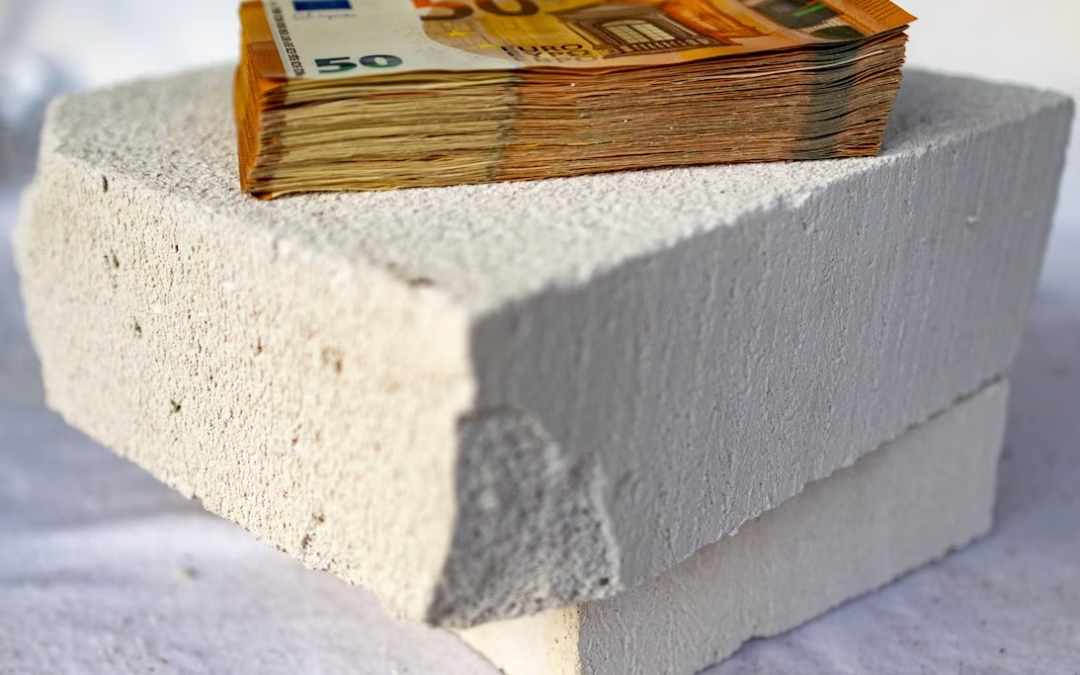The cost of web design in 2025 is influenced by a range of factors—platform choice, customization, complexity, and the ongoing needs of your business. This in-depth guide explains all the drivers of web design cost and compares CMS-based builds against fully custom web development, laying out real-world examples to clarify the potential investment for each scenario.
What Drives Web Design Cost?
Major Cost Factors
- Type of Website: Informational, business, e-commerce, or application-based all come with different baseline costs.
- Platform Choice: Using a popular CMS (like WordPress or Joomla), a website builder (such as Wix), or a completely custom solution will greatly affect total spend.
- Design Complexity: Generic templates versus bespoke, on-brand visuals and interactivity.
- Number of Pages: Size matters—more content equals more design and development hours.
- Features and Integrations: Contact forms, booking engines, payment gateways, custom dashboards, and integrations with third-party services.
- Team Expertise: Ranging from DIY methods and freelancers to professional agencies.
- Maintenance and Security: Ongoing care, updates, and protection post-launch are part of total cost of ownership [web:6][web:24][web:21][web:32].
Comparative Breakdown: CMS vs Custom Web Design
| Factor | CMS (e.g., WordPress) | Custom Development |
|---|---|---|
| Upfront Cost | Low to moderate (templates, plugins) | High (bespoke coding, unique design) |
| Speed of Setup | Fast (days to weeks) | Slower (weeks to months for unique build) |
| Flexibility | Limited to CMS/plugin ecosystem | Unlimited, built to spec |
| Scalability | Good for most SMBs, limits on custom flows | High; futureproof for complex needs |
| Maintenance | Easy updates, low cost for basic upkeep | Professional help/retainer required |
| Branding | Somewhat generic unless highly customized | Unique, brand-centric, creative freedom |
| Total cost range | $500–$8,000+ | $10,000–$50,000+ |
| Best for | Small-to-medium business, content-driven | Enterprises, startups, high-growth tech, SaaS sites |
CMS Web Design Cost Factors
Template-Based CMS Sites
- Overview: Uses pre-built themes; customization is limited to layouts, fonts, and colors.
- Cost Range: $500–$2,500, depending on the theme and minor tweaks.
- Pros: Affordable, quick launch.
- Cons: Lacks brand uniqueness and deep customization [web:6].
Semi-Custom and Advanced CMS Sites
- Overview: Starts from a template, layered with custom features and branded elements.
- Cost Range: $3,000–$8,000.
- Pros: Balanced flexibility and affordability; access to community plugins and tools.
- Cons: Can hit platform/plugin limits for very unique or technical features [web:6][web:25].
Fully Custom Web Design Cost Factors
Bespoke Development
- Overview: Designed and built from the ground up by professional teams or agencies.
- Cost Range: $10,000–$50,000+ (and above for highly complex projects).
- Pros: Maximum creative control, unique UI/UX, unlimited features, strong scalability.
- Cons: Highest upfront cost, longer time to launch, ongoing developer involvement is common [web:24][web:19].
All-Inclusive Website Cost Table
| Project Type | Typical Cost (USD) | Use Case/Scenario |
|---|---|---|
| Basic CMS | $500–$2,500 | Small business, blog, freelancer |
| Mid-Level CMS | $3,000–$8,000 | Agency site, feature-rich portfolio |
| Custom Web App/Site | $10,000–$50,000+ | SaaS, e-commerce, enterprise |
| E-commerce CMS | $5,000–$20,000 | Online store w/ payments |
| E-commerce Custom | $15,000–$100,000+ | Custom checkout, integrations |
What Makes CMS Cheaper?
- Open Source: Many CMSs are free for basic use.
- Templates & Plugins: Hundreds of ready-made themes and extensions reduce dev time and cost.
- Community Support: Updates and issue fixes are community-driven.
- DIY Capability: Basic CMS websites can often be launched without developer help [web:6][web:25].
Extra Costs to Consider
- Premium plugins or extensions for advanced features
- Security measures like backups, malware scanning, SSL ($50–$200/year)
- Professional design or plugin support as business grows
Why Custom Development Gets Expensive
- Unique Branding: Every element is tailored—no templates.
- Deep Integrations: Connect to CRMs, ERPs, specialty APIs, or develop unique product flows.
- Performance & Security: Built from scratch for rapid scaling and robust security.
- Futureproofing: Easier to add custom modules and integrations as needs evolve [web:24][web:19][web:32].
Examples
A Basic WordPress CMS Site
- Bakery website with 5 pages, contact form, and photo gallery.
- Uses popular theme, a few plugins (SEO, security).
- Estimated cost: $900–$2,500 (setup, light customization, hosting annualized).
Custom Startup Platform
- SaaS for booking and payments, unique frontend UI, real-time notifications.
- Third-party API integration, mobile-first design, custom dashboards.
- Estimated cost: $30,000–$100,000+ (full spec, process design, testing, 12+ weeks dev).
Maintenance Costs
- CMS: $100–$300/year basic, $500+ with premium plugins and managed hosting.
- Custom: $500–$2,000/year (often retainer for updates, bug fixes, scaling help).
Cost Calculation Example
Hourly Rate Formula
For quotes based on developer time:
Web Design Cost = Estimated Total Hours x Hourly Rate
- CMS site: Estimated hours (20–60) × $70/hr = $1,400–$4,200.
- Custom site: Estimated hours (80–500+) × $100/hr = $8,000–$50,000+.
Choosing the Right Path
- Go CMS for: Budget-conscious projects, informational websites, businesses with moderate requirements, where rapid launch and easy maintenance matter.
- Go Custom for: Specialized features, unique business needs, strong brand differentiation, plans for major scaling.
Final Thoughts
Understanding every factor behind web design cost helps set clear, realistic expectations about timelines, pricing, and long-term ownership. Whether it’s a CMS approach or full custom development, knowing the trade-offs between upfront investment, ongoing flexibility, and total cost of ownership is key to successful digital transformation [web:6][web:25][web:24][web:19][web:32].

